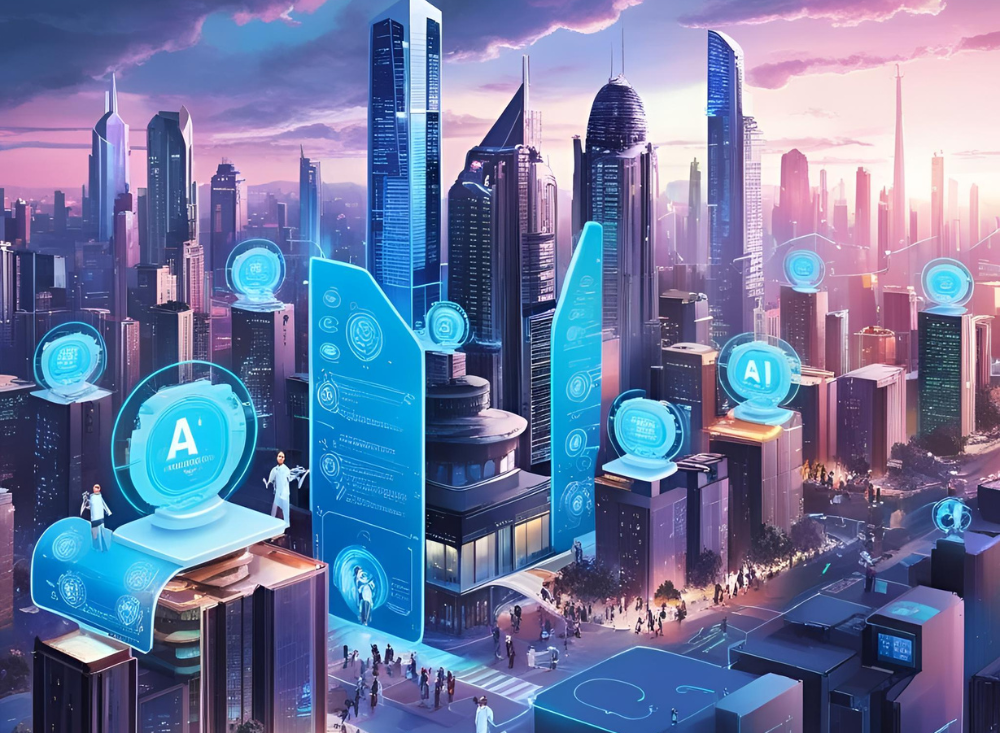
In 2025, artificial intelligence is not just powering apps — it is the app. From healthcare diagnostics to recommendation engines, ML models are making decisions that influence billions of lives. But while AI builds smarter systems, a critical question remains: Who tests the AI?
Traditional software testing has matured over decades. But when it comes to machine learning models, validation is a moving target — shaped by data drift, model updates, and unpredictable behavior.
Let’s explore how testing AI systems in 2025 has evolved, what makes it uniquely challenging, and how new approaches (including AI-powered QA platforms like Genqe.ai) are redefining what it means to validate intelligence.
The Unique Challenges of Testing Machine Learning Models
Unlike conventional software where logic is deterministic and code-based, machine learning models operate in a probabilistic, data-driven world. This shifts the focus from “Did the output match the spec?” to “Is the model making the right decision most of the time — and for the right reasons?”
Here’s what makes testing AI different:
- Non-determinism: Same inputs can produce different outputs due to randomness in training or sampling.
- Opaque logic: Neural networks and other complex models act like black boxes, making it hard to trace decision logic.
- Dynamic behavior: Models evolve over time with new data, requiring ongoing validation (not one-time QA).
- Bias and fairness risks: Even well-performing models can perpetuate bias, discrimination, or unintended harms.
- Data sensitivity: Tiny changes in input data can lead to major performance shifts.
What Does “Testing AI” Look Like in 2025?
Testing AI in 2025 involves more than just model accuracy — it requires a multi-layered, continuous validation strategy.
1.Data Validation
- Check for data leakage, imbalance, corruption, or missing values
- Analyze distribution drift between training and production datasets
- Validate labeling consistency and correctness
2.Model Performance Metrics
- Go beyond accuracy: use precision, recall, F1, ROC-AUC, and confusion matrices
- Segment performance by demographic, geography, or time to uncover edge-case weaknesses
- Implement threshold testing to ensure performance doesn’t fall below safe levels
3.Bias & Fairness Audits
- Use fairness indicators to detect and address discrimination
- Evaluate model decisions across protected classes (gender, race, age)
- Perform counterfactual testing: “Would the result change if just one sensitive attribute changed?”
4.Explainability (XAI)
- Apply tools like SHAP, LIME, or integrated gradients to interpret model decisions
- Provide local and global explanations for decision-making
- Ensure explanations are human-readable and traceable
5.Robustness & Adversarial Testing
- Introduce noise, missing data, or adversarial examples to test model resilience
- Run simulations and edge-case stress tests to validate real-world readiness
6.Monitoring in Production
- Track model drift, performance degradation, and anomalous behavior in real time
- Set up alerting systems when KPIs drop or unusual patterns emerge
- Implement rollback mechanisms or fallback logic when confidence is low
Tooling for Testing AI
The complexity of AI testing has sparked a wave of innovation in tooling. Modern platforms bring automation, observability, and intelligence to QA for machine learning.
Platforms like Genqe.ai are incorporating AI model validation into the broader software testing lifecycle. With features like automated test data generation, behavior monitoring, and anomaly detection, they help teams verify models as rigorously as any other component of an application — while maintaining traceability, compliance, and efficiency.
Human-in-the-Loop (HITL) Testing
Despite all the tools and automation, humans remain vital to AI testing. In fact, 2025 has seen a resurgence of human-in-the-loop workflows where experts:
- Review ambiguous model decisions
- Label edge-case or adversarial data
- Participate in fairness and ethics reviews
- Help retrain models based on feedback loops
It’s not automation vs humans — it’s humans guiding AI to perform better.
Conclusion: AI Testing Is Continuous, Collaborative, and Crucial
As AI systems become central to our lives and work, their testing can no longer be an afterthought. In 2025, validating machine learning models is a continuous process — one that blends automation, statistical rigor, ethical oversight, and smart tooling.
Whether you’re testing a self-learning chatbot, a credit scoring algorithm, or a predictive health model, the goal remains the same: build trust through transparency, fairness, and reliability.
With platforms like Genqe.ai helping bridge the gap between traditional QA and modern AI testing, we’re entering an era where testing intelligence demands intelligence.